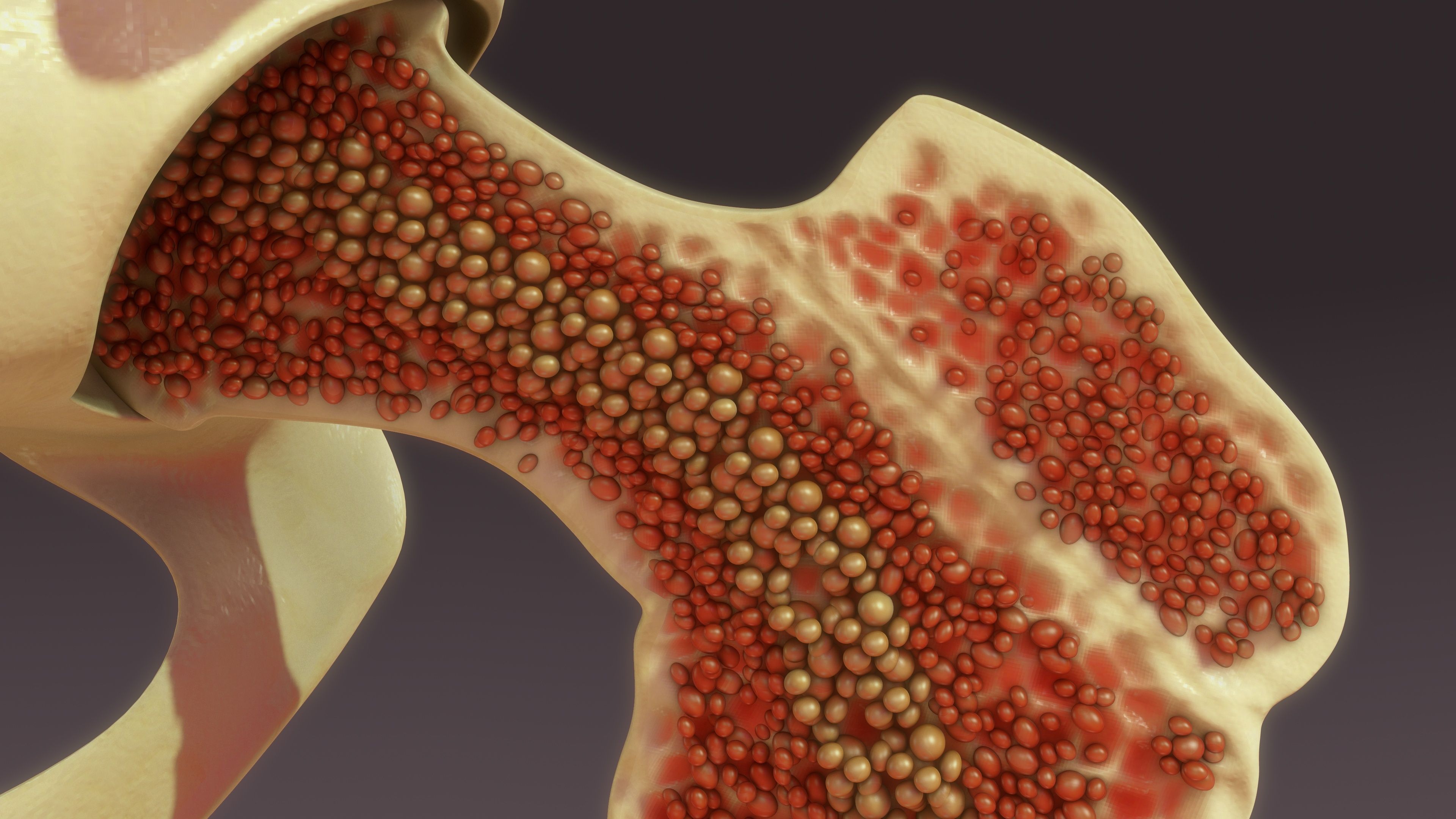
Chemo-Induced Myelosuppression Presentation and Management in ES-SCLC

Kennon McCollum, DNP, explains how multi-day ES-SCLC chemotherapy regimens heighten myelosuppression risk and drive dose delays.
The multi-day nature of standard chemotherapy regimens used in extensive-stage small cell lung cancer (ES-SCLC) creates repeated bone marrow exposure that substantially increases the risk for cytopenias, according to Kennon McCollum, DNP.
After moderating a Case-Based Roundtable on the management of chemotherapy-induced myelosuppression in ES-SCLC, McCollum explained in an interview with Oncology Nursing News that clinicians can expect a consistent trajectory: patients typically begin with normal white blood cell counts, reach a nadir around days 8 to 9, and often experience grade 4 neutropenia. With each successive cycle, anemia deepens, and thrombocytopenia occurs episodically. In the relapse setting, the 5-day topotecan (Hycamtin) regimen heightens these effects even further.
McCollum, a nurse practitioner at Georgia Cancer Specialists, noted that thrombocytopenia is particularly difficult to manage in this population because no FDA-approved therapies exist for chemotherapy-induced platelet decline. As a result, APPs commonly face 2 options when platelet counts fall: delay treatment until recovery or implement a dose reduction. Across the Roundtable discussion, thrombocytopenia emerged as the cytopenia most likely to drive dose delays and modifications—underscoring its critical impact on treatment delivery in ES-SCLC.
Transcript
In this patient population, the first thing to understand is these patients receive multiple-day chemotherapy. It’s not just a single day of chemotherapy. If they receive carboplatin and etoposide, they receive chemotherapy day 1, day 2, and day 3. That repeated exposure of the bone marrow to chemotherapy on multiple days puts them at much higher risk for myelosuppression.
This is a regimen that has that typical myelosuppression pattern where a week to 10 days after chemotherapy, they get neutropenic. With successive cycles, they get neutropenic and they experience, to some degree, thrombocytopenia. In the relapse setting, it’s even more pronounced because it’s a 5-day regimen where patients get topotecan days 1, 2, 3, 4, and 5.
It is that typical chemotherapy curve that everyone’s familiar with, where patients have a baseline normal white blood cell count, but by day 8 or 9, they nadir with a fairly low, often grade 4 neutropenia, where the neutrophils are below 500. with each successive chemotherapy, you get worsening anemia, and then you get episodic thrombocytopenia. And I think the thing in this population, particularly that’s the hardest to manage is thrombocytopenia, because currently there are no FDA approved therapies for chemotherapy-induced thrombocytopenia.
When your patient’s in front of you in the office and they have thrombocytopenia, you really only have 2 choices: delay the chemotherapy, and when patient recovers and the platelets go back up, then you have to think about a dose reduction. There was a lot of discussion in the room about thrombocytopenia being the actual cytopenia that really leads to dose delays and dose modifications.
This transcript has been edited for clarity and conciseness.
Newsletter
Knowledge is power. Don’t miss the most recent breakthroughs in cancer care.



















































































